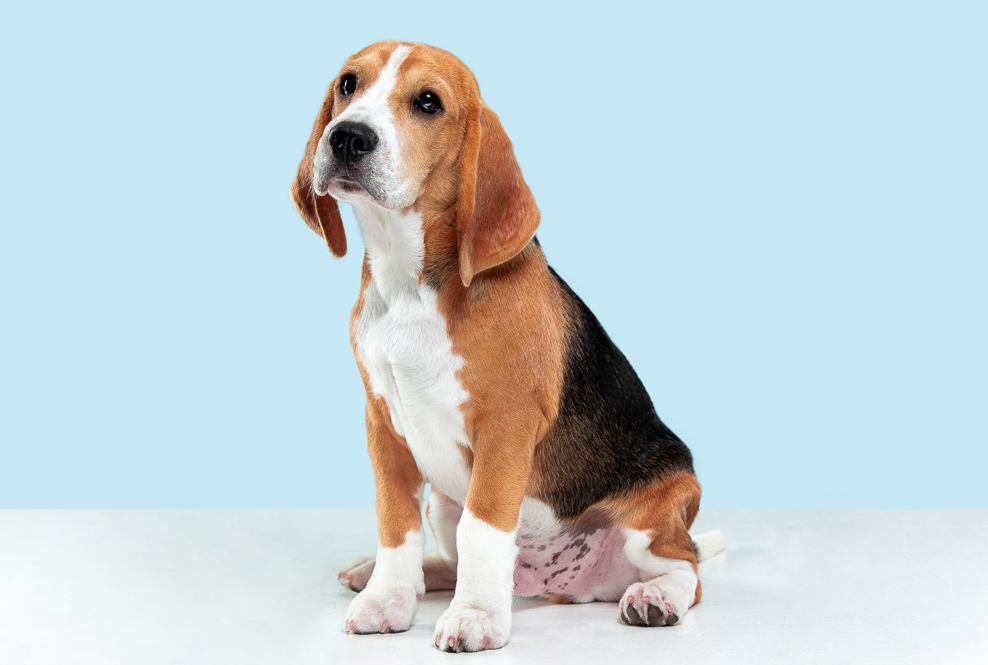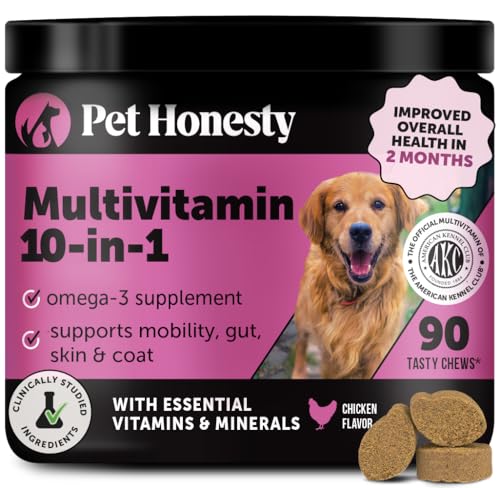
Time of Dog Coat Changes
In the spring and fall, many dog owners are faced with the dreaded change in their dog’s coat. If you don’t have a non-shedding breed (eg Labradoodle, Poodle), you can simply use dog combs and brushes. The vacuum cleaner is never put away for a period of four to six weeks, as it is used almost every day, especially when dealing with dogs with strong undercoats (ex. bobtail, rough collie) losing a lot of hair. Depending on the season, the reason for dog coat changes is rising or falling temperatures and day length triggering the process of dog coat changes.
Dealing with Dog Coat Changes
Not only does the dead hair itch, but the coat change can be quite distressing for a dog: his metabolism is now working harder, which can lead to a greater appetite. In addition, there may be a nutritional deficiency, which you can counter with a dietary supplement: Zinc (renewal of the upper layer of the skin), vitamin A (production of sebum) and fatty acids (elasticity of the skin) can be administered to strengthen the skin structure. Linoleic acid and proteins, among other things, ensure a beautiful coat. In any case, discuss a possible solution with your veterinarian.
Dog Coat Change Duration
The duration of the dog coat change and its strength depends, among other things, on age and breed. It is generally faster with young dogs than with older ones. On average, it takes six to eight weeks. The intensity is highly dependent on breed and coat structure. With a Goldendoodle, a Yorkshire Terrier or a Jack Russel, everything is half as wild because these dogs almost do not shed hair. Their coat grows continuously, but the hair stays in the fur. Therefore, these dogs must be clipped. If you do not want to deal with this in more detail, it is better to go to a dog groomer who knows how to use a clipper or a cutter.
Brushing helps with changing fur
Coat change most affects owners of long-haired dogs who also have a thick undercoat (eg Spitz). Along with lots of brushing, only regular vacuuming helps keep the army of lost hair under control. Daily brushing is a welcome aid for the dog because it makes it easier for the dog to change his coat, improve blood circulation in the skin, and create space for new hairs more quickly.
Short-haired breeds like Boxers or Whippets are much easier to care for. Even with a little more undercoat (e.g. Labrador), coat change is still manageable compared to some other breeds. Unfortunately, short hair in particular often gets caught in carpets and upholstery more uncomfortably than is the case with long hair. You should therefore use a brush every day when your dog is changing the coat. It’s best to start this procedure when your dog is a puppy, so it becomes “a natural thing”.
Dog Coat Changes – Problems
For most dogs, the coat change works without any problems. But incidents can also occur. Changes in castrated animals are not uncommon. Hair loss can also occur just before a female dog goes into heat. Notice how long it takes to change fur. If it drags on for an abnormally long time, it may indicate a nutritional deficiency. In this case, consult a veterinarian – as well as if you notice bald spots, the fur looks dull or has a lot of flakes. Perhaps pests have also taken root. Get to the bottom of the issues in good time so that the annual coat change is as easy as possible for everyone involved.













